Judo: The Real Power of the Gentle Way
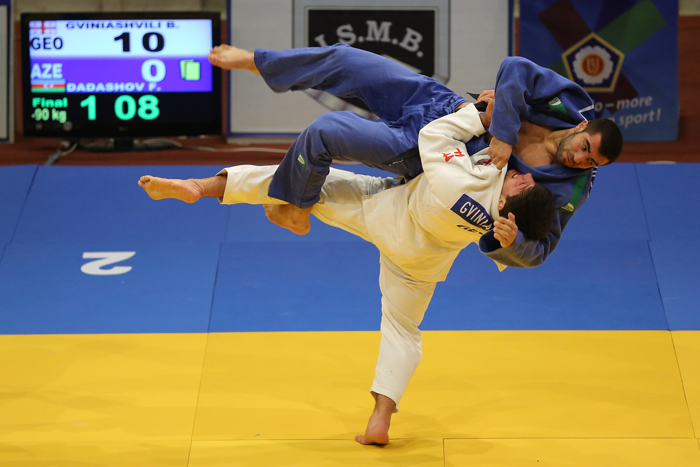
Judo is a modern martial art that was first discovered in the late 19th century. It was originally formed as an adaptation of Japanese jujutsu and based on the philosophy of minimum use of energy with maximum results.
Judo is a martial art that was born from the humble beginnings of Mikage, Japan, and has made it all the way to the status of an Olympic sport. In this article, we will guide you through the beginnings of Judo, its techniques, and the philosophy and training behind this highly effective form of grappling. Let’s explore the world of Judo!
The Birth of Judo
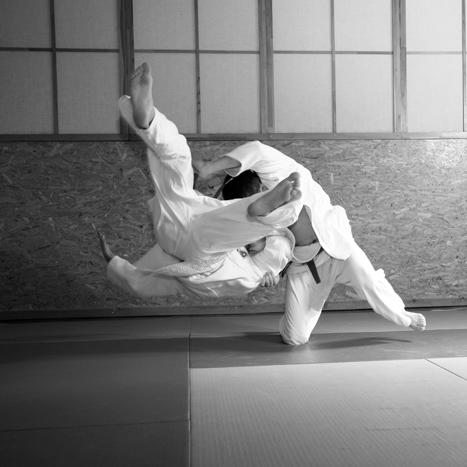
The late 19th century brought revolutionary change to the Japanese martial arts landscape with the emergence of Judo. It all began with a martial artist named Jigoro Kano. Kano, born 1860 in Mikage, Japan, was a man of petite stature but grand intellectual ideas. Kano studied the Japanese martial art of jujutsu from a young age and used it as a way to fend off bullies.
After years of studying Jujutsu and various other martial arts, he sought a deeper desire to expand on his already-rigged style of self-defense. Seeking a more holistic approach, Kano distilled the essence of jujutsu into a refined, safer form, emphasizing not only self-defense but also moral and physical education.
He removed many of the dangerous jujutsu techniques that were not suitable for safe practice and competition, such as certain strikes and kicks, focusing instead on throws and groundwork that could be practiced with full force without injuring the training partner. This emphasis on safety and efficiency in training allowed for full-power practice. This was essential for the development of effective Judo skills and its competitive nature. By doing so, Kano transformed the martial art from one that was focused on combat to one that also emphasized physical education, personal character, and mutual benefit.
Through Kano’s systematic study and refinement of various Japanese jujutsu styles, he eventually founded Judo, a martial art that focuses on the ‘maximum efficient use of physical and mental energy’. His vision took shape in 1882, when the first judo establishment, the Kodokan Judo Institute, was established, marking the birthplace of Judo. Kano transformed his dojo, which had just 12 mats and nine students in the Eishoji Buddhist temple, into the Kodokan Judo Institute. This institute evolved over time and eventually expanded into a large institution, receiving over a million visitors annually.
The birth of Judo was not just the invention of a new martial art; it was the dawn of a modern approach to martial arts. With Judo, Kano introduced a martial art that was not only about physical dominance but also about holistic development, making it one of the most widely practiced martial arts today.
The Philosophy Behind Judo
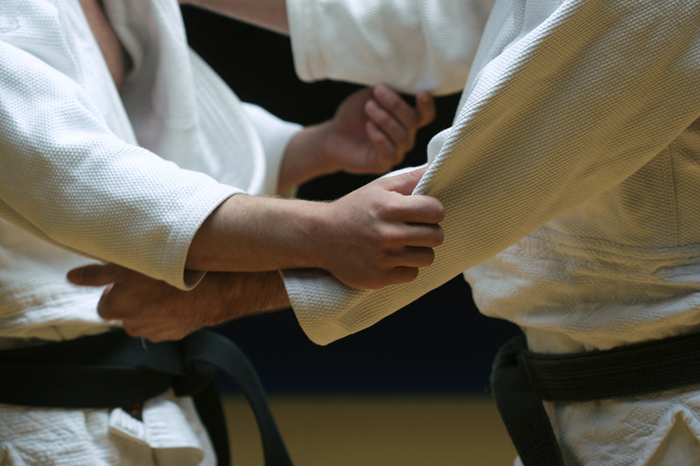
The tenets of Seiryoku Zenyo (maximum efficiency, minimal effort) and Jita Kyoei (mutual welfare and benefit) are the foundation of Judo’s philosophy. These principles are not only confined to the dojo, as Judokas are constantly encouraged to practice them in everyday life. It is Judo’s way of empowering practitioners to contribute positively to society and handle life’s challenges with the same finesse as they would in combat. In this sense, the philosophy of Judo shares similarities with other traditional martial arts.
Beyond being mere philosophical buzzwords, Seiryoku Zenyo and Jita Kyoei guide the strategic application of Judo techniques. They teach judokas to harness an opponent’s movement and energy to execute throws and holds with greater efficiency, turning the principle of ‘maximum efficiency, minimum effort’ into a tangible reality on the mat.
Moreover, the principle of harmonizing with an opponent echoes a broader philosophy of Judo, which encourages adopting a mindset of non-aggression and adapting to external circumstances gracefully. The philosophical ideals of Judo make it more than a martial art; it becomes a way of life that is constantly promoting personal growth, resilience, and mutual respect amongst its students.
Techniques and Disciplines

Because Judo is built on philosophical foundations, it consists of two main combat phases: the standing phase (tachi-waza) and the ground phase (ne-waza). These phases define the practice and techniques of Judo. These phases are integral to a judo match, where the objective is to score takedowns and then pin or submit opponents on the ground.
Standing Techniques (Tachi-Waza)
In the standing phase of Judo, practitioners use a variety of throwing techniques, such as hand techniques (te-waza), hip techniques (koshi-waza), and foot and leg techniques (ashi-waza), to gain an advantage over their opponents. These techniques are essential in executing effective throws and takedowns. Hand techniques, or te-waza, are pivotal in Judo and include throws like the Ippon-seoi-nage, where judokas primarily use their hands to lift and throw the opponent.
On the other hand, hip techniques, or koshi-waza, leverage the hip as a key component of throws. This is evident in techniques like the Harai-goshi, which combines a leg sweep with a hip lift. The Harai-goshi is a typical Judo throwing technique that resembles the look of Judo well.
Foot and leg techniques, or ashi-waza, involve reaping or sweeping the opponent’s legs to destabilize and cause falls. Techniques like the Osoto-gari and the Ouchi-gari are classic examples of ashi-waza.
Ground Techniques (Ne-Waza)

The ground phase of a judo match is where the battle often reaches its climax. Ground techniques such as pinning, choking, and joint manipulation are crucial aspects of ne-waza that can determine the outcome of a match. However, ne-waza in judo competition is constrained by factors like limited ground time, the win-by-pin rules, and defensive positions adopted by competitors, notably the turtle position.
Competition rules have stunted the development of ne-waza in judo competitions. This means competitors mostly focus their ground techniques on finding effective pins and using strategic counters while also using defensive postures such as the turtle and the use of armlocks and chokeholds. The entire Ne-Waza technique list is usually not on display at a competition because the rules do not properly permit these strategies. However, the strategic application of these ground techniques provides a thrilling dimension to Judo, which is often taught to Judokas, and just because competitions do not encourage them, it does not mean they are not part of the martial art.
Training and Practice
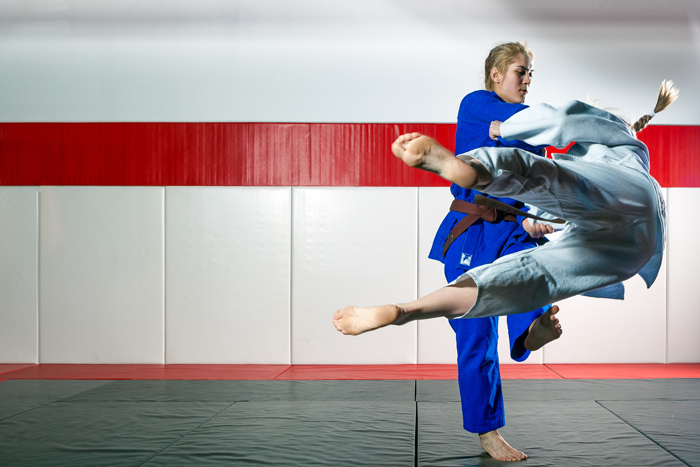
Two key components constitute Judo’s training and practice: Kata and Randori. Kata is a structured form of training used to perfect techniques. This form of training is also beneficial for a Judo teachers’ pedagogical skills. Practicing Kata, such as the Nage No Kata, allows judo students to grasp the development and refinement of techniques, a practice continued even by expert judokas to maintain optimal performance. In wrestling and other grappling martial arts, this method of training is known as drills and is actually just a type of technique practice to make sure a Judoka can appropriate the techniques correctly in competition.
Randori, on the contrary, is a form of free-style sparring that encourages Judokas to use muscular and cardiovascular health, strategic thinking, and refine their reaction times while teaching how to apply techniques against resisting opponents. Kata and Randori in Judo training are there to provide comprehensive development for the practitioner, equipping them with the skills to execute precise techniques and the mental agility to adapt to unpredictable combat scenarios.
Mental training provided by the practice of Kata, in addition to physical conditioning provided by Randori (sparring), is vital in judo as it helps manage fluctuating emotions like tension, anger, anxiety, and nervousness during competition, which can significantly affect athletes’ performance. In some martial arts, Kata would be known as practice, and Randori would be known as sparring. Learning any martial art is a balancing act between these two, and this is especially true for Judo.
Attributes like motivation, mental toughness, emotional regulation, resilience, confidence, focus, self-motivation, and optimism are crucial for high-level judo performance. The right amount of technical knowledge and a good amount of sparring can enable practitioners to cope with the pressures of competition.
Judo as a Sport
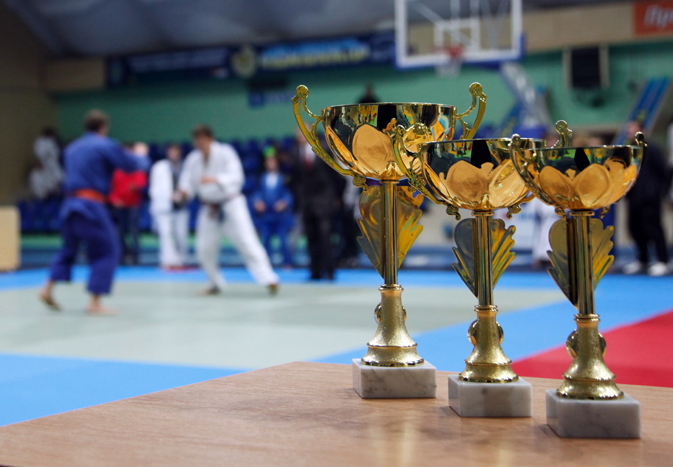
Judo’s journey from a martial art to a globally recognized Olympic sport is a testament to its dynamic nature and universal appeal. It first appeared at the 1932 Games in Los Angeles as a demonstration sport. Eventually, Judo gained its rightful place with official Olympic status in 1964. Women’s judo was introduced as a demonstration sport in 1988 and officially included in 1992, reflecting the growing popularity and acceptance of judo as a competitive sport.
As of the Sydney 2000 Olympic Games, Judo has maintained seven weight divisions for both men and women. A mixed-team event was added to the Tokyo 2020 Olympics, further diversifying the representation of the sport in the international community.
The scoring system in Judo is unique, as it is an heirachy-type rule system that gives better points considering how well Judokas have achieved a throw. It is composed of three main types of scores:
- Ippon: scored through a controlled and forceful throw or submission
- Waza-ari: a lesser score, awarded for a throw that is not quite an ippon
- Yuko: the lowest score, awarded for a throw that is not as clean as a waza-ari
In the case of a draw, the match is resolved by the Golden Score rule, where the first score determines the winner. The strategic depth and dynamic nature of judo matches make it a captivating sport for both competitors and spectators.
Judo in Mixed Martial Arts
The effectiveness and adaptability of judo techniques have led to their success incorporation into mixed martial arts (MMA). Judo practitioners have shown their skills in MMA, with fighters demonstrating the versatility of judo techniques within the cage and having a successful career using Judo instead of wrestling as their grappling background.
Notable judo black belts in MMA include:
- Karo Parisyan
- Ronda Rousey
- Dong Hyun Kim
- Yoshihiro Akiyama
- Yushin Okami
These mixed martial arts fighters have integrated throws, takedowns, and grappling control into their MMA skill set, achieving significant victories and contributing to the evolution of fighting styles within the sport.
The accomplishments of judo practitioners in MMA highlight the practical effectiveness of judo techniques in real-life fighting scenarios. It also shows us the adaptability of judo and its effectiveness in the rapidly evolving world of martial arts.
Alternative styles of Judo
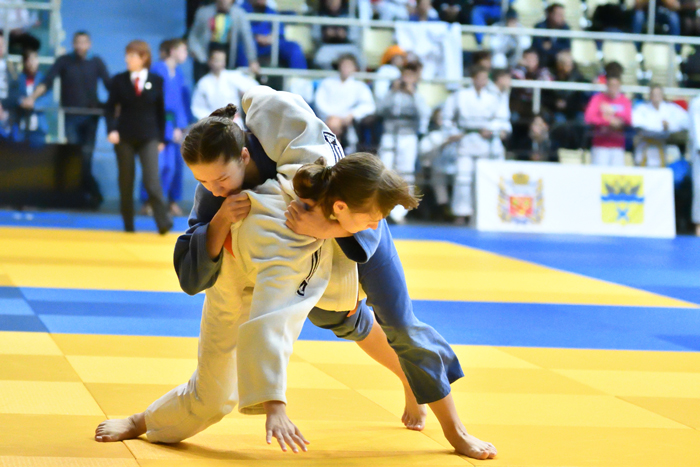
Judo’s adaptability has led to the development of alternative styles. One such variation is Kosen Judo, which places a predominant focus on ne-waza (ground fighting) and is sometimes considered a distinct style. Kosen Judo has roots dating back to 1898 and allows for extended ground position engagements and the use of certain techniques, including nage waza. Many of these techniques are prohibited in traditional Judo competition.
The annual Nanatei Jūdō competitions between seven former Imperial universities maintain the tradition of Kosen Judo, highlighting the continuity and adaptability of Judo through the ages as well as the importance of a proper Judo uniform.
Freestyle judo is another derivative developed to revive the diverse and dynamic nature of judo’s Golden Age. It accommodates a wide range of techniques, including leg attacks and submissions, and uses a points-based approach for both throws and ground fighting.
These alternative styles of Judo show the vibrant evolution of the martial art. The martial arts landscape is constantly changing; however, Judo has evolved with it while staying true to its core principles.
Safety and Precautions

Despite being a contact sport, judo places the utmost importance on safety during its practice. Proper breakfall techniques are critical in judo training to avoid injuries. These techniques teach practitioners how to safely distribute impact during falls, ensuring that they can practice and compete safely.
To ensure the safety of younger athletes, judo imposes age restrictions on certain techniques. Chokes are barred for competitors under 13, and arm bars are forbidden for those under 17. In judo competitions, the wearing of any hard or metallic objects is prohibited to protect participants from potential injuries.
Situational risk awareness is a fundamental part of judo, aiming to enhance safety through injury prevention and cautious practice. This awareness is especially important considering that practical applications on hard surfaces can be hazardous.
Judo effectively trains students in physical combat while prioritizing the safety and well-being of its practitioners above all else.
Judo Organizations and Ranking
The International Judo Federation (IJF) serves as the international governing body for judo. Since its creation in July 1951, the IJF has expanded its reach across the globe, with widespread influence within the international judo community.
The IJF has 204 member countries and regions, indicative of its global reach. It organizes the annual World Championships and the World Judo Tour, which includes events such as Grand Prix, Grand Slams, and Continental Open Tournaments.
Judo has a ranking system consisting of Kyu grades for beginners and Dan grades for advanced practitioners. Dan ranks, starting with the first-degree black belt, are earned after passing a test supervised by independent judges from a national judo association. This organized system of ranking and governance ensures a structured progression for judo practitioners, enhancing the integrity and competitiveness of the sport at all levels.
Summary
Judo is more than a system of combat or a competitive sport. It’s a pathway to personal growth, a toolkit for life’s challenges, and a global community of practitioners that have mutual respect and achieve personal development together. Whether you’re a judoka striving for Olympic gold, a mixed martial artist looking to improve your grappling skills, or a beginner embarking on a journey of self-discovery, Judo offers a rich, rewarding, and transformative experience.
Frequently Asked Questions
What is the main point of judo?
The main point of judo is to strengthen the body, train the mind, and develop into the best version of yourself. This practice aims to complete one’s personality and promote societal dedication.
Is judo the toughest sport?
Yes, judo is widely regarded as one of the toughest sports due to its combination of physical demands, mental challenges, and skill requirements. The intense physicality and strategic aspects make it a grueling and demanding discipline. However, there are other sports that are considered the toughest, such as wrestling and mixed martial arts, so this topic is highly subjective.
What is the difference between judo and karate?
The main difference between judo and karate is that karate is an attacking and aggressive form of martial art, whereas judo is a defensive form that utilizes balance and grappling momentum to defeat opponents. In basic terms, Karate uses striking and grappling techniques, while Judo uses grappling.
Why are the Japanese so good at judo?
The Japanese excel in judo because of their experienced coaches, young talents, and decades of hard training and patience. Many believe that Judo, being originally Japanese, has also played a big part in perfecting the knowledge of the martial art. This has resulted in the best individuals competing in Judo, and Japan winning more judo medals than any other country.
How are judo techniques categorized?
Judo techniques are categorized into standing techniques (tachi-waza) and ground techniques (ne-waza), each with its own set of skills and movements. These categories include hand, hip, and foot techniques for standing and pinning, choking, and joint manipulation for ground techniques.










Pingback: Sambo vs BJJ: What’s the Best Form of Grappling?